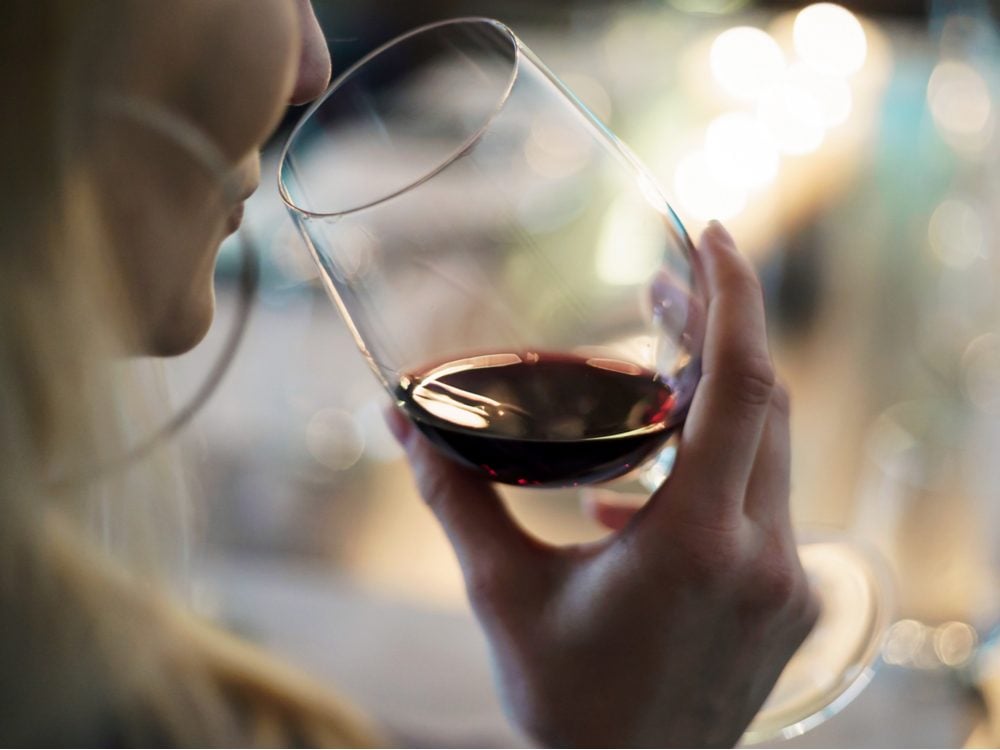
Chill out
Temperature fluctuations are wine’s greatest nemesis. At the correct temp, you can leave your wine to slumber for ages until you’re ready to drink it. But if left for extended periods of time in too hot or too cold a room, or worse, left at the mercy of constantly fluctuating temperatures, you’ll be left sipping a glass of disappointment rather than delicious Cabernet (or whatever your wine of choice).
When the temperature creeps up, it can cause anarchy in your carefully curated collection, leading your wine to become “cooked.” Warmer storage temperatures will also speed up the aging process in a pretty dramatic way. So chill out and keep things on the cooler side. At the ideal cool but not too cold temperature, your wine will become more complex, if you choose to age it. Better still, it’ll not go off, if you’re hanging on to it for a later date.
Aim for 10 to 14 degrees Celsius in your wine nook. If you’ll be enjoying a glass of white or rosé with say, a fresh salad, just stick it in the fridge for about 20 minutes prior to serving.
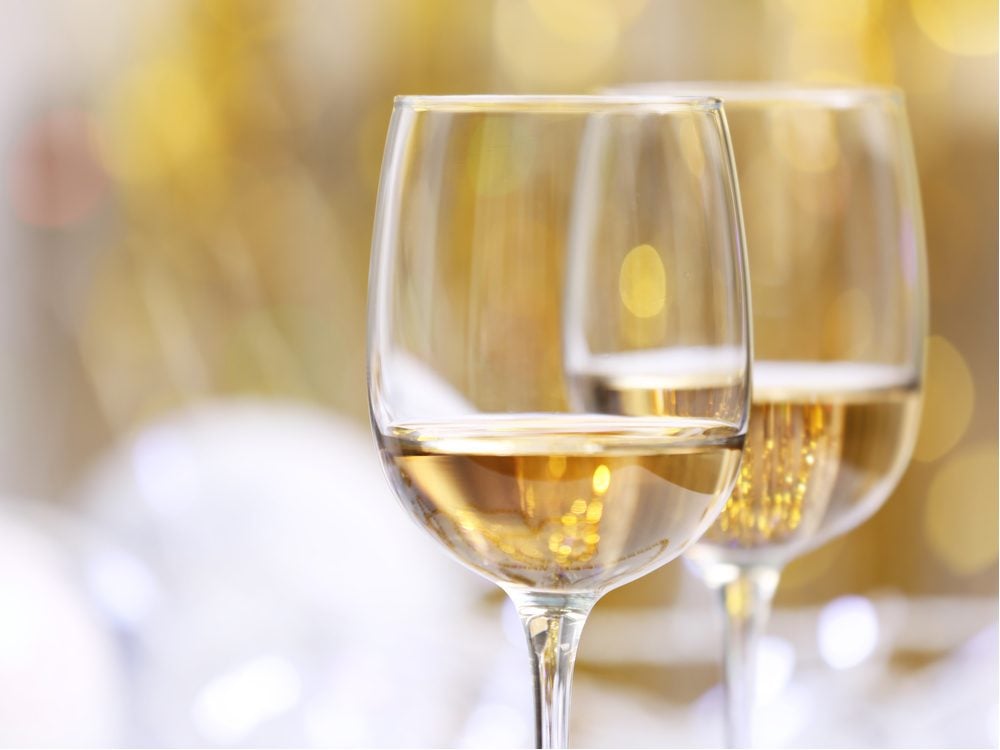
Save the sun for picnics
Keep your wine away from the sun. While a healthy dose of sunshine is a must for grapes while they’re on the vine, after wine has been bottled, UV light, like that found in the sun’s rays can cause faults, make it to prematurely age and fade labels (in case you ever want to sell a bottle down the line). Save the sun for picnics and keep your wine in the dark.
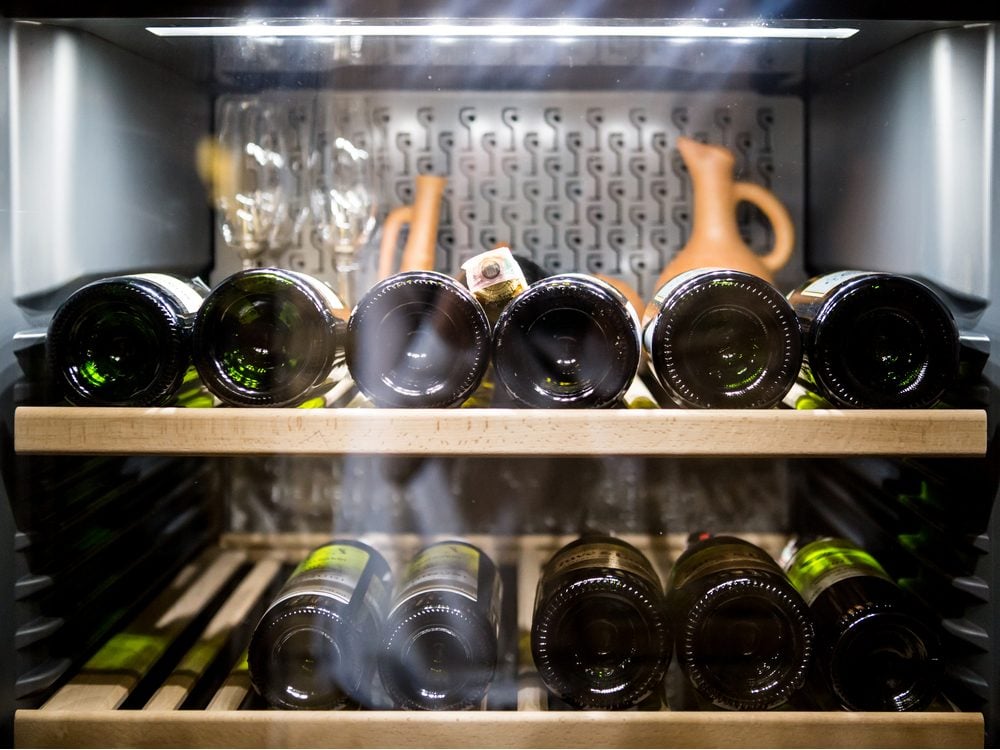
Stash your wine properly
If you don’t have a wine cooler or temperature controlled storage space where you can stow your wine, a cool cupboard (not in the kitchen) is a great way to make do. If your basement is free of dampness and mould, it can also serve as a makeshift wine cellar. Attics, hot garages, the top of your fridge or the cabinet above the washing machine are all off limits. In fact, don’t keep your wine in the kitchen unless you do decide to invest in a wine fridge (just keep it away from the dishwasher).
Store bottles on their sides. This keeps the liquid contents in contact with the cork and prevents the cork from drying out and letting in too much air which can lead to oxidation. And once a wine oxidizes, there’s really nothing you can do to save it. Have a few bottles under screw cap? Then no worries, this rule doesn’t apply and you can feel free to store them sideways, upright, whatever you see fit.
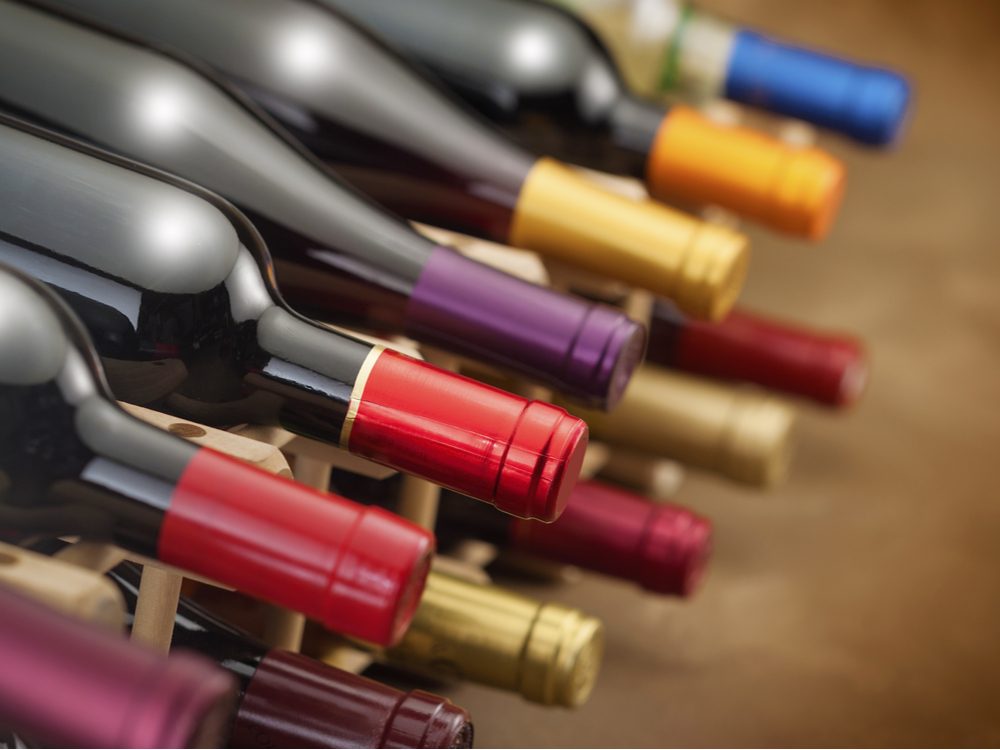
Keep an eye on the humidity
Speaking of stopping corks from drying out, I can’t stress the importance of a humid environment enough. If the air in your wine cellar (or fridge, cupboard, closet, etc.) lacks sufficient moisture it, too can cause corks to dry out and wines to oxidize. Pop a humidifier in the room if you’re worried about moisture levels or you can put a small bowl of water in the cupboard with your wines—just don’t forget to refill it from time to time.
Use these tips to open a wine bottle without a corkscrew.
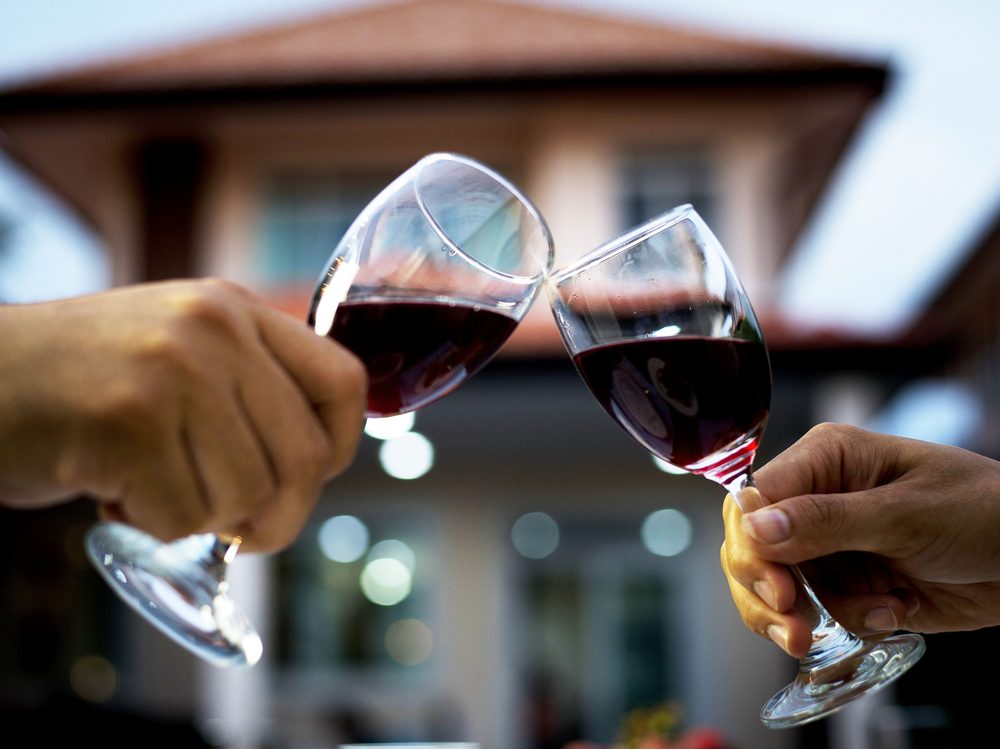
A final word of advice
One last thing to add to your checklist: make sure to protect your wine from vibrations. Like light, any kind of prolonged jostling or regular shaking can lead to your wine aging before its time.
If you’re serious about starting up a wine collection, you can look into a proper storage system, like a basic wine fridge. But in my honest opinion, most of us average wine drinkers don’t need one. A dark, cool (again, that’s about 10 to 14 degrees) closet or cupboard kitted out with some racks and stays safe from major temperature swings will do just fine.
Follow these tips and you’ll never have to worry about your wine falling flat, whether you’re opening a bottle for tonight’s casserole, next week, or a few years down the line.
Next, check out these clever ways to use up your leftover wine.